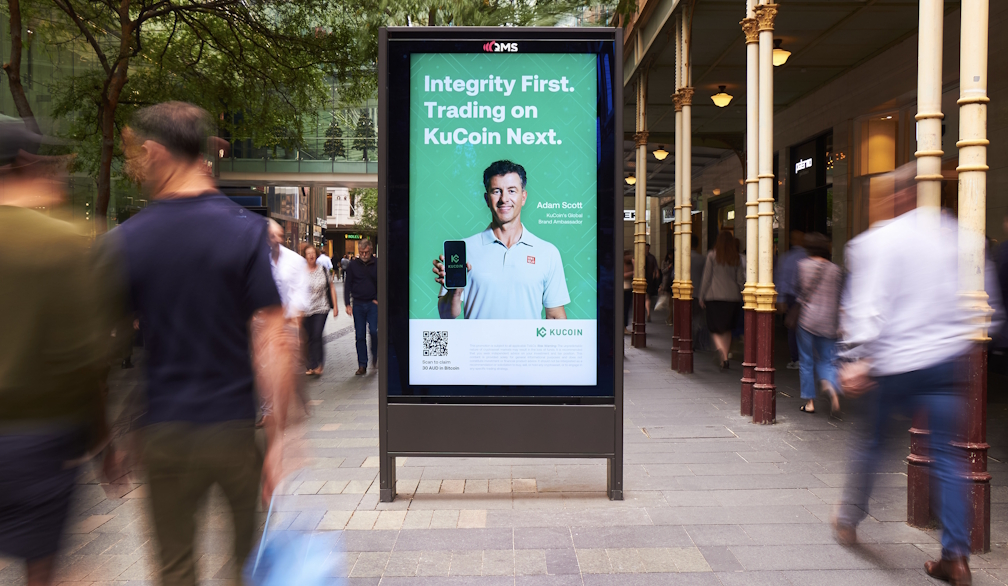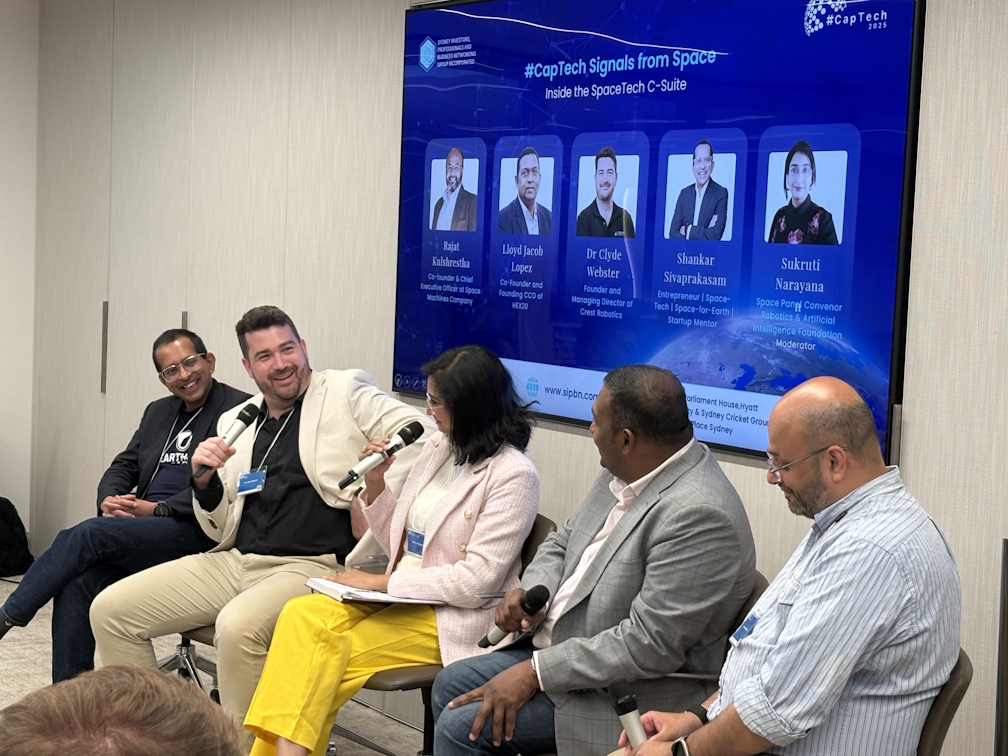Several Ways UX Designers Affect SEO in 2022
- Written by NewsServices.com

Over time, there have been changes to how websites are ranked. Prior to ten years ago, backlinks and keywords were the only factors used to rank websites. At that time, spammy websites were easily outranking relevant websites, making it difficult for users to find websites that were pertinent to their search query.
How accurate and relevant your website is to a given search query is now determined by web design and user engagement metrics like bounce rate, time spent on the site, and pages visited. Usability and UX design have consequently evolved into crucial components of SEO.
To help you understand how UX and SEO are related and ultimately know where to focus your efforts, we've listed five UX elements that can affect SEO.
1) Site Usability and Navigation
It goes without saying that today's internet users favour easy-to-use websites.
A complicated or challenging site navigation will ruin the experience for your users and prompt them to depart more quickly. It's pointless to have a lot of daily traffic if nobody is converting on your website because it's difficult to use or the content isn't clear.
So how can navigation and SEO both be enhanced at once? To assist your users in finding what they're looking for quickly, employ categories and subcategories. If a category has numerous pages, you can make a drop-down menu to prevent cluttering your menu.
2) User-Friendly Page Layouts
Poor formatting and layout compromise SEO potential. If your website is overloaded with information, users might find it difficult to read. On the other hand, users are more likely to hit the back button as soon as they land on your page if your website is unattractive and difficult to use.
How then can you improve the UX and SEO of your layouts?
-
- Use headers and tags to indicate the subject matter of each page.
-
- Utilise pertinent images and videos to interest your audience and communicate important information.
-
- To retain people on your website longer, provide features towards the end of page layouts that lead to related material.
3) Optimise for Site Load Speed
The user experience and your rankings are strongly impacted by site speed, which is a crucial site measure. Even though you can't do much if the user's internet connection is poor, you can make sure your website is optimised to load as quickly as possible by
-
- Reducing the size of files.
-
- Optimising pictures
-
- Limiting the use of visual effects and animations on important landing pages.
4) Ensure Mobile Responsiveness
The design must now be mobile-responsive for usability and SEO. Since more than 50% of web traffic is now generated by mobile search, websites that are not responsive to mobile devices will lose a significant amount of user engagement.
People are increasingly using mobile devices instead of desktop computers. You can increase user engagement by optimising your website's content for mobile devices.
5) Using Search Data to Inform Site Architecture
Instead of creating multiple landing pages for various queries, you can create a single, uncluttered one for each. You can create "pillar" content using your key terms if a topic is too broad to be covered in one page.
Using a single main page where you discuss each of the topics you will cover is how to do this. Then you make a number of smaller subpages that reference that primary pillar. This makes it easier for users to find the information they need and makes it easier for search engines to navigate and index the pages of your website.
Conclusion
Making your page load faster alone won't improve your SEO ranking. Simple tactics, such as making sure a call-to-action button is clickable on a mobile page, can enhance the user experience and search engine optimisation of a website.
Additionally, giving search engines more information and context for your content by simultaneously adding images and alt text to your website. Success requires an understanding of how SEO and UX complement one another.
Creating an optimised user experience (UX) is an essential part of modern day web design. To ensure your next website provides an excellent user experience for visitors, contact a professional Sunshine Coast website design company today.







